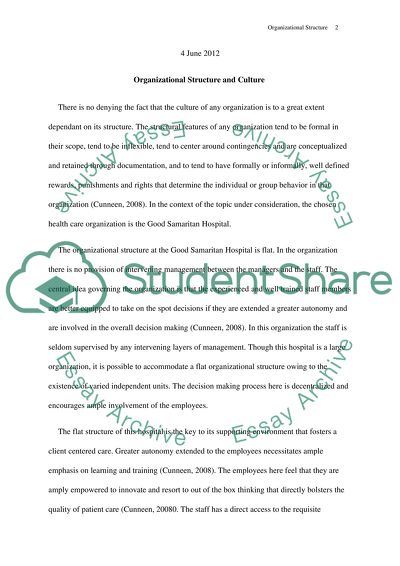Cite this document
(“Organizational Structure and Culture Term Paper”, n.d.)
Organizational Structure and Culture Term Paper. Retrieved from https://studentshare.org/nursing/1452593-organizational-structure-and-culture
Organizational Structure and Culture Term Paper. Retrieved from https://studentshare.org/nursing/1452593-organizational-structure-and-culture
(Organizational Structure and Culture Term Paper)
Organizational Structure and Culture Term Paper. https://studentshare.org/nursing/1452593-organizational-structure-and-culture.
Organizational Structure and Culture Term Paper. https://studentshare.org/nursing/1452593-organizational-structure-and-culture.
“Organizational Structure and Culture Term Paper”, n.d. https://studentshare.org/nursing/1452593-organizational-structure-and-culture.


